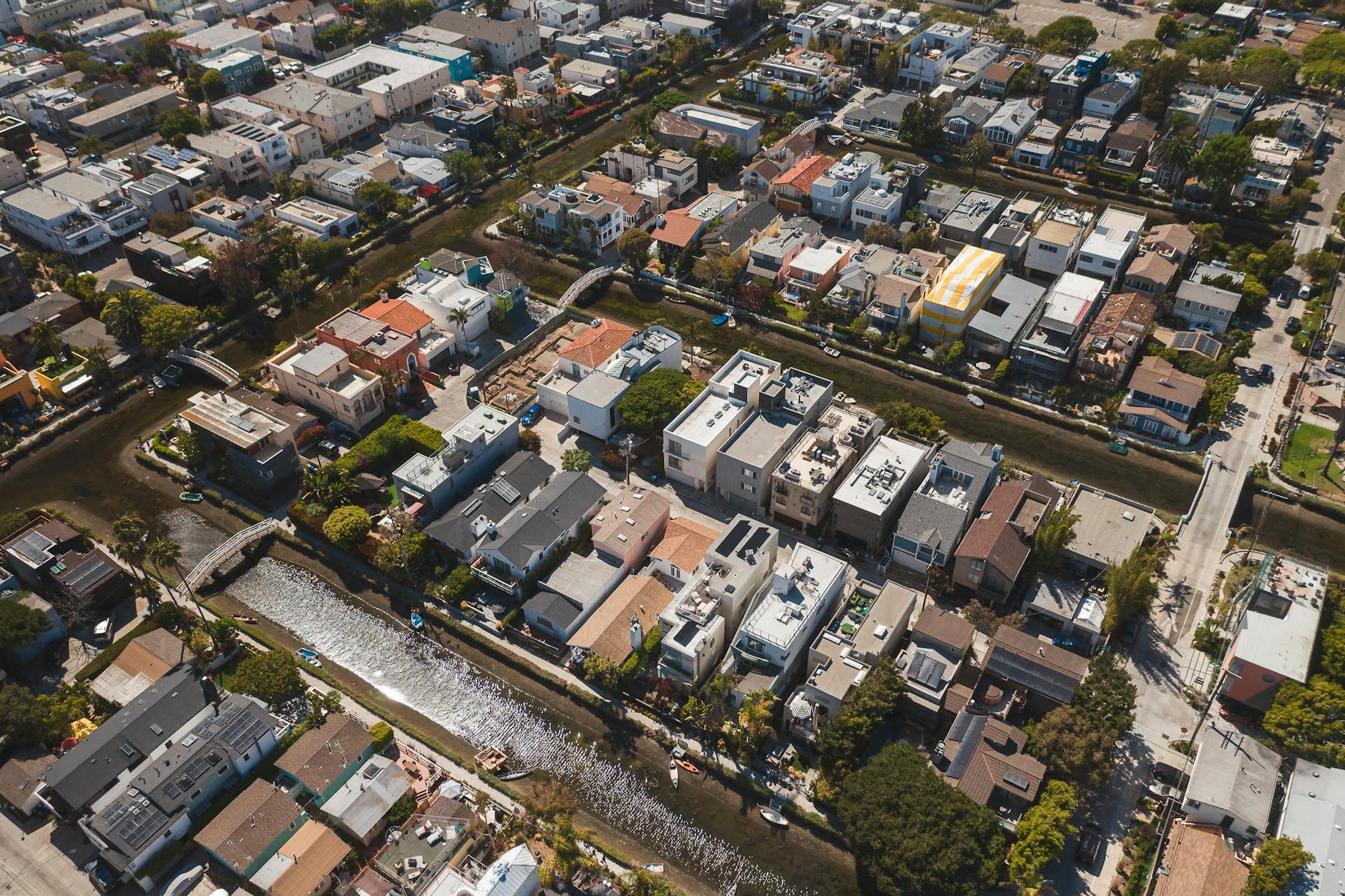Exploring Affordable Housing Development: Opportunities and Challenges
Exploring affordable housing development: opportunities and challenges
Affordable housing development has increasingly become a critical focus for urban planners, policymakers, and developers worldwide. As housing prices surge and urban populations grow, the need for affordable options is more urgent than ever. This article explores the multifaceted landscape of affordable housing, aiming to uncover both the opportunities and the barriers encountered in this sector. By examining financial incentives, community impacts, and regulatory frameworks, we hope to provide a comprehensive understanding of how affordable housing projects can succeed despite complex challenges. From innovative construction techniques to policy reforms, affordable housing development offers a crucial solution for fostering inclusive, sustainable communities.
Financial models and government incentives
A major opportunity within affordable housing development lies in the variety of financial models and government incentives that can reduce costs and attract investment. Public-private partnerships often play a vital role, combining resources to leverage land acquisition, construction, and long-term maintenance. Tax credits, subsidies, and low-interest loans are frequently used to encourage developers to prioritize affordability.
For example, the Low-Income Housing Tax Credit (LIHTC) in the United States has been a successful tool, supporting the creation of over 3 million affordable units since its inception. While these incentives open doors, developers must navigate complex eligibility requirements and bureaucratic procedures, which can introduce delays and unpredictability to projects.
Design innovation and construction techniques
Another opportunity for affordable housing is the adoption of innovative design and construction technologies aimed at reducing time and material costs. Modular construction and prefabricated elements enable faster assembly, reduce waste, and allow for consistent quality control. These methods not only cut initial costs but can also minimize long-term maintenance expenses.
Furthermore, incorporating sustainable design principles—such as energy-efficient appliances, better insulation, and solar panels—can reduce utility costs for residents, making housing truly affordable beyond the purchase price or rent. However, upfront investment in such technologies can be a hurdle, requiring initial capital that some developers may hesitate to deploy.
Regulatory challenges and land availability
Despite financial opportunities and design innovations, regulatory barriers and land scarcity pose significant challenges to affordable housing development. Zoning laws and permitting processes often limit the density or type of housing that can be built. In many urban areas, restrictive zoning favors single-family homes over multi-family or mixed-use developments, which are typically more cost-effective for affordable housing.
Additionally, land prices in city centers are prohibitively high, pushing affordable housing projects to the urban periphery, where access to jobs, schools, and public transportation is less convenient. Streamlining permitting and revising zoning codes to encourage higher-density affordable housing can directly address these challenges, but these policy changes require political will and community support.
Community impact and social integration
The successful development of affordable housing also hinges on its acceptance and integration into existing neighborhoods. Projects that effectively address social and economic inclusivity can improve community cohesion and reduce stigma sometimes associated with affordable housing.
This includes thoughtful planning around amenities, access to public transit, schools, and healthcare, as well as inclusive community engagement processes during the development phase. Balancing location efficiency with social integration helps create vibrant, diverse neighborhoods rather than isolated segments of low-income housing.
| Aspect | Opportunities | Challenges |
|---|---|---|
| Financial models | Tax credits, subsidies, public-private partnerships | Complex eligibility, bureaucratic delays |
| Construction methods | Modular building, sustainability reducing costs | High upfront investment |
| Regulation and land | Zoning reforms, expanding land availability | Zoning restrictions, high urban land costs |
| Community impact | Inclusive planning, social cohesion | Stigma, integration challenges |
Conclusion
Affordable housing development presents a complex interplay of opportunities and challenges that require coordinated efforts from governments, developers, and communities. Financial incentives and innovative construction techniques offer promising avenues to reduce costs and increase supply. However, regulatory hurdles and limited land availability remain persistent obstacles. Moreover, achieving successful social integration demands attentive planning and community involvement to ensure affordable housing projects foster inclusion rather than segregation.
Ultimately, addressing these issues holistically—by combining supportive policies, cutting-edge technologies, and community-centered design—will be essential to meeting the increasing demand for affordable housing worldwide. The future of affordable housing depends not only on building structures but on building equitable, sustainable communities where all individuals have access to safe, affordable homes.
Image by: RDNE Stock project
https://www.pexels.com/@rdne
editor's pick
latest video
news via inbox
Nulla turp dis cursus. Integer liberos euismod pretium faucibua

